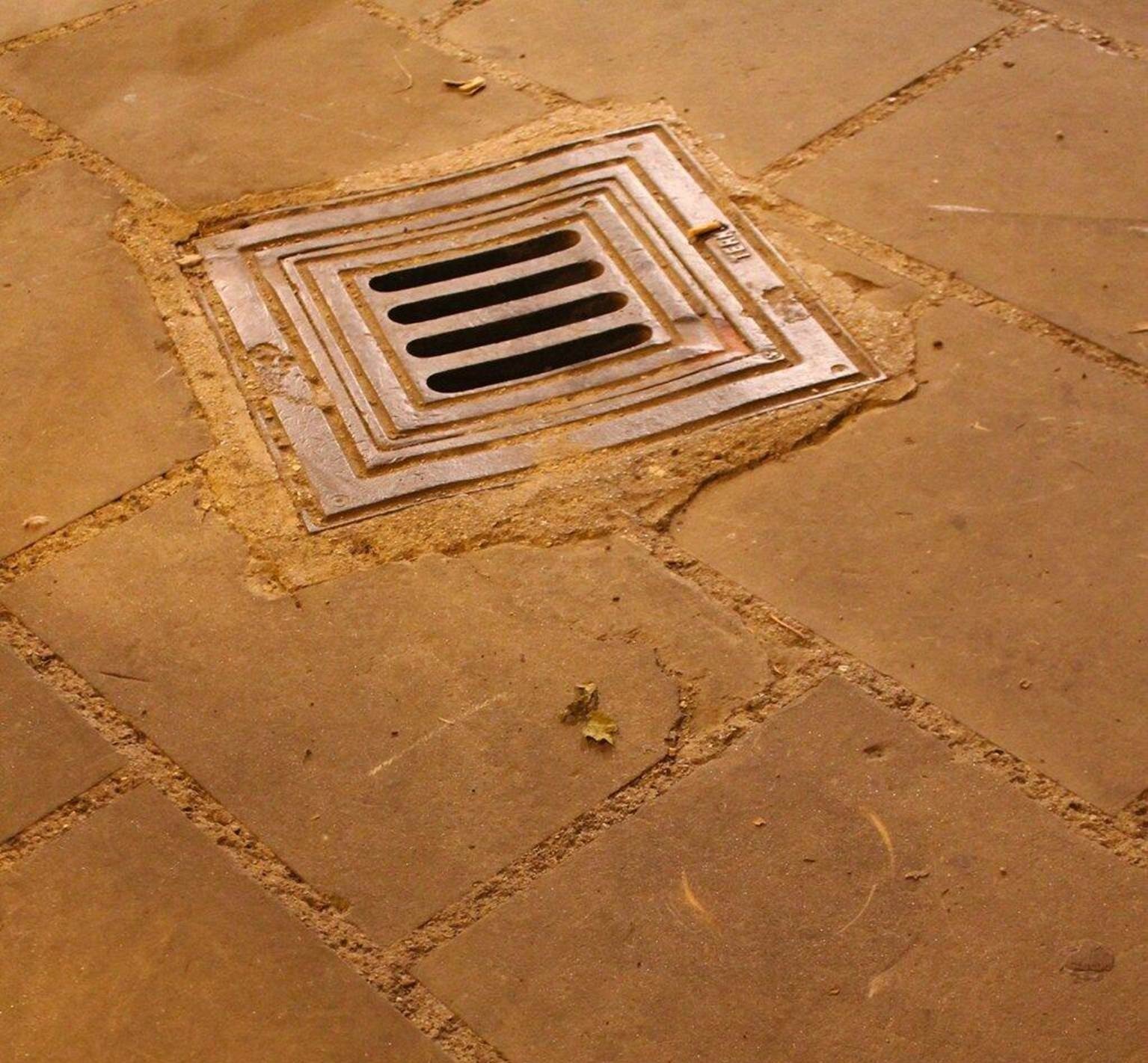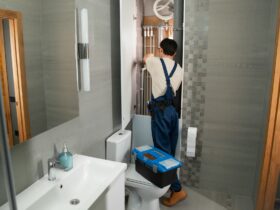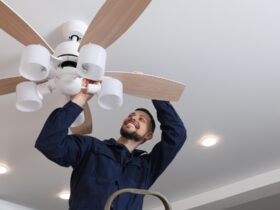Is your basement constantly damp or prone to flooding during heavy rain? Moisture in the basement can lead to serious problems, including mold growth, structural damage, and high repair costs.
Water leaks often go unnoticed until it’s too late. Protecting the lowest level of your home should be a top priority.
With the right basement drain solutions, you can enjoy peace of mind and a dry, usable space. Simple and smart drainage upgrades can make a big difference.
This blog will guide you through the best options to keep your basement dry for good. Read on!
The Importance of a Proper Drainage System
To keep water out of your basement and protect your home, you need a good drainage system. If you don’t have it, even small leaks can get worse over time.
When moisture builds up, it can weaken the foundation and make a great place for mold to grow. Drains help move water away from problems before they happen. Putting money into drainage systems helps keep your home’s structure healthy and strong.
Interior Drain Tile Systems
For the perimeter, interior drain tile systems are put in place under the basement floor. Incoming water is collected by these systems and sent to a sump pump to be pumped out.
They are unseen and work very well in homes that leak a lot. Because it’s a long-term solution, installation does require some floor removal. Rising groundwater can be easily controlled by systems inside buildings.
Exterior Drain Tile Systems
Exterior drain tile systems are placed around the outside of the foundation. They catch water before it can get into the basement. This system involves digging around the house, but it stops problems at the source.
It’s especially useful for homes with poor grading or heavy soil moisture. While it may cost more, it offers strong protection from outside water pressure.
Floor Drains and Trench Drains
Floor drains are small openings that allow water to flow into the drainage system. Trench drains are longer and ideal for larger water flow across basement floors.
Both options help manage surface water quickly. These drains are commonly used near laundry areas, water heaters, or entry points. Regular cleaning is needed to keep them working well.
Sump Pumps and Backup Systems
A sump pump is a key part of most basement drainage solutions. It works by pumping water away from the home once it collects in a sump pit.
Sump pumps are especially important during storms or snowmelt. Battery backups and water-powered systems can keep the pump working during power outages. Together, they form a reliable defense against basement flooding.
Consider Professional Help
While some small fixes can be done by homeowners, full waterproofing often needs expert care. Professionals can inspect the basement and recommend the right drainage plan. They have tools and training to install systems correctly and safely.
Services such as French drain installation are best handled by those with experience. Getting it done right the first time saves money and stress later.
Protect Your Home with Smart Drainage
For more than just a quick fix, basement drain solutions are an investment in the long-term of your home. Don’t let water leak in. Protect your foundation with the right drainage. Avoid damage that costs a lot.
You can keep your basement dry with these tools: sump pumps, interior drains, and exterior systems. For peace of mind in every season, choose waterproofing solutions that will last. Your home will be safer and healthier tomorrow if you do something today.
Did you like this guide? Great! Please browse our website for more!







Leave a Reply